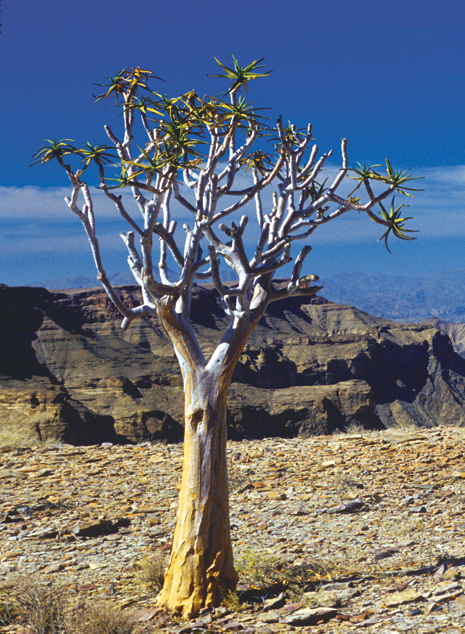
Cousin to the fire – Carmine bee-eaters
October 14, 2016
Camping in the Zambezi Region – among rivers, floodplains and forests
October 19, 2016Text by Ginger Mauney
Namibia’s Ministry of Environment and Tourism (MET) is custodian to some of the biggest, oldest and most spectacular parks on our planet. The national protected area network of the MET covers 140 394 km2, almost 20% of the country. While the Etosha National Park and Namib-Naukluft Park make up the cornerstone of the Namibian tourism experience, gems like Khaudum, Bwabwata and Sperrgebiet, are less well known but no less worth exploring. All the country’s protected areas, each with something unique to offer, are celebrated in an official series of park brochures and fact sheets.


The MET, in conjunction with the UNDP/GEF-supported Strengthening the Protected Area Network (SPAN) Project, has produced the brochures and fact sheets to provide information that will enrich visitor experience in the national parks.
Enhanced by outstanding photography and engaging text, the information contained in the brochures and fact sheets is designed to transform a visit to one of our national parks from passive observation to one of interactive engagement and appreciation that fosters learning and support for conservation issues.
With details on places to visit, conservation successes and challenges, and park facilities and activities, the brochures and fact sheets will provide important information for today’s discerning tourists and for Namibians alike.
The brochures and fact sheets are available at key tourists hubs and online at the MET’s website www.met.gov.na
An updated and complete set of park brochures will soon be launched by MET and will cover 18 of Namibia’s most important parks and reserves:
1. /Ai-/Ais Richtersveld Transfrontier Park
4. Daan Viljoen Game Park
7. Hardap Game Reserve
13. Sossusvlei (within Namib-Naukluft Park)
14. Naute Recreation Resort
16. Sperrgebiet National Park (Tsau /Khaeb National Park)
17. Von Bach Recreational Resort




The Sperrgebiet National Park and Cape Cross Seal Reserve are part of Namibia’s conservation initiative that link protected areas from the Kunene River in the north to the Orange River in the south, thus protecting the entire 1 570-kilometre length of the country’s coastline.






